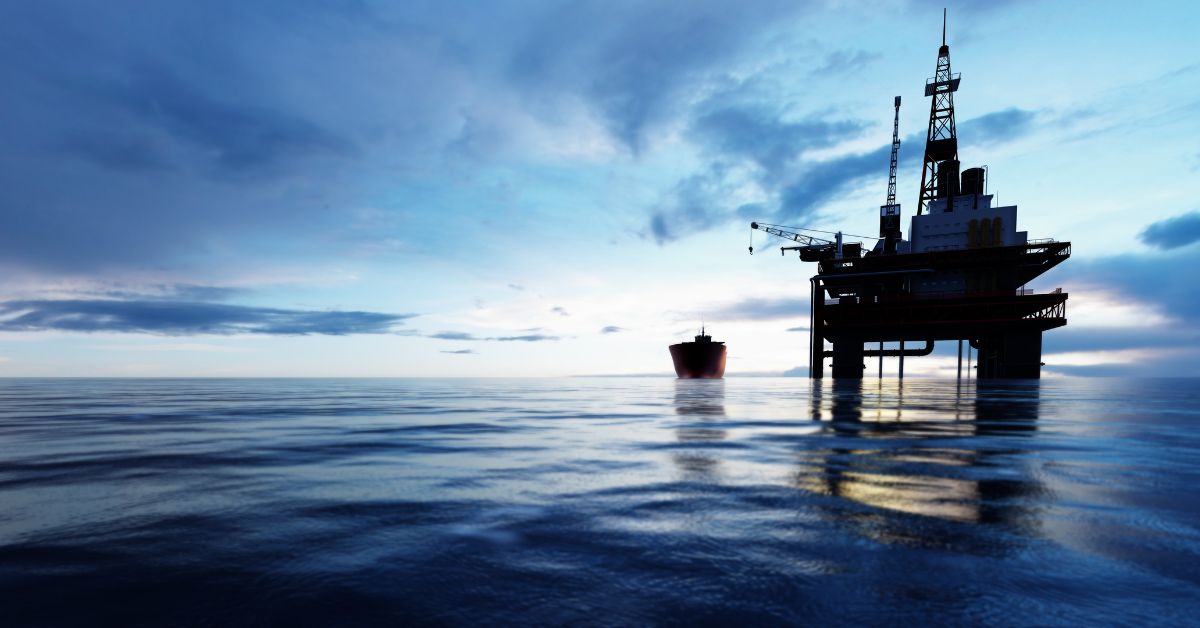Deep sea precious metal mining refers to the process of extracting valuable metals such as gold, silver, copper, zinc, and others from the ocean floor. This type of mining involves drilling into the seabed using specialized equipment to extract the metals, which are often found in polymetallic nodules or sulfide deposits.
What are Polymetallic Nodules?
Polymetallic nodules are small, potato-shaped rocks that are found on the ocean floor and are a significant target for undersea mining operations. These nodules are formed over millions of years by chemical reactions between seawater and the minerals that make up the ocean floor.
What are Sulfide Deposits?
Sulfide deposits are another type of valuable mineral deposit that can be found on the ocean floor. These deposits are formed by the action of hydrothermal vents. These vents are openings in the seafloor where hot, mineral-rich water is released from the earth’s mantle. As the hot water mixes with the cold seawater, minerals precipitate out of the water and form sulfide deposits.
Both polymetallic nodules and sulfide deposits can contain a variety of valuable metals, including copper, zinc, lead, gold, and silver. The concentrations of these metals can be quite high in some deposits, making them a lucrative target for mining operations.
The Status of Deep Sea Precious Metal Mining
Currently, deep sea precious metal mining is in its infancy, with only a few companies actively engaged in exploration and development. The high cost and technical complexity of deep sea mining make it a challenging endeavor, but the potential rewards are significant.
Some of the companies currently undertaking deep sea mining include Nautilus Minerals, a Canadian company that has a mining lease for an area in the Bismarck Sea off the coast of Papua New Guinea, and DeepGreen Metals, a company that is exploring an area in the Pacific Ocean known as the Clarion-Clipperton Zone.
Unexplored Areas with Potential
There are several unexplored areas that may be future deep sea mining targets, including the South Atlantic, the Indian Ocean, and the Arctic Ocean. These areas are thought to contain significant deposits of precious metals, but further exploration is needed to confirm their full potential.
Environmental Risk vs. Reward
The impact of deep sea mining on the environment is a topic of much debate. The drilling and extraction process can disrupt marine ecosystems and destroy habitats for deep sea creatures. There are also concerns about the release of toxic chemicals and heavy metals into the water column.
As the industry continues to develop, it is important that everyone involved considers the costs and benefits of these operations and works to minimize their impact on the planet and its inhabitants. Keep an eye on the Manhattan Gold & Silver blog as we continue to cover deep sea mining progress.












